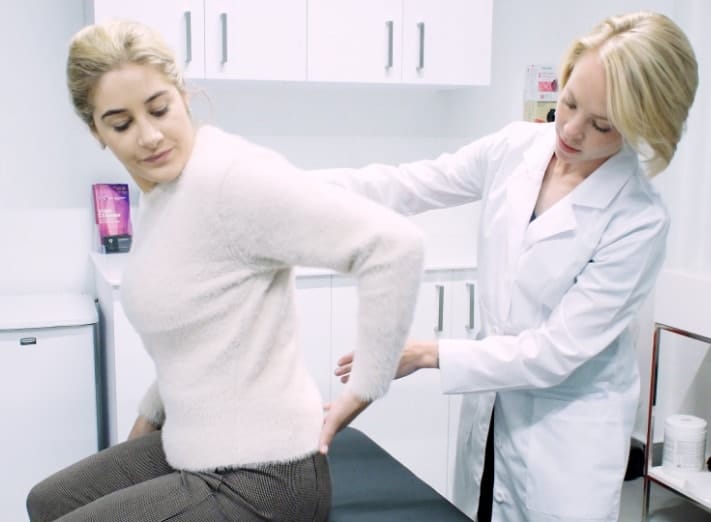Find Out The Link Between Sacroiliac Joint Dysfunction And Lower Back Pain In New Jersey
The pain in your lower back could be the result of Sacroiliac Joint Dysfunction. This is the condition of the back when the pain in your back goes down to your legs, and it does not allow too much motion. If you are going through this condition, then read this article till the end to know The Link Between Sacroiliac Joint Dysfunction And Lower Back Pain and how it can be cured by a back specialist in New Jersey.
How Does the SI Joint Work?
You must understand how the SI joint functions in order to understand how it can cause lower back pain. Walking, running, or even sitting have less impact, thanks to its shock-absorbing properties. Your spine and pelvis are prevented from immediately rubbing against one another by what feels like a cushion.
When Things Go Wrong: SI Joint Dysfunction
The SI joint occasionally performs improperly. Lower back pain may result from this condition, which is known as SI joint dysfunction. There are several causes for this malfunction, including:

Injury or Trauma
The SI joint can sustain damage from accidents like falls or car crashes. Your lower back discomfort may result from the joint being unstable as a result of this.
Arthritis
The inflammation and discomfort of arthritis affect the joints. Inflammation and stiffness in the lower back may result from arthritis in the SI joint.
Overuse or Poor Posture
Repeated motion-intensive activities or bad posture might eventually put stress on the SI joint. Discomfort and dysfunction may result from this strain.
Symptoms of SI Joint Dysfunction:
Pain in the Lower Back
The most typical symptom is a severe, isometric lower back ache, usually on one side. It could feel like a persistent, aching pain.
Pain That Radiates
Sometimes, pain in the SI joint might extend down into the thighs or even the buttocks. It may be difficult to identify the precise cause of your pain as a result.
Pain During Certain Movements
When you stand up after a period of sitting, walk stairs, or partake in activities that require twisting or bending, you can notice that your lower back pain gets worse.
Stiffness
Additionally, SI joint dysfunction can cause lower back stiffness, which makes it difficult to move freely.
Treatment Options for SI Joint Dysfunction
Physical Therapy
You can learn exercises and methods from a physical therapist to build up the muscles surrounding your SI joint and increase its stability.

Medications
Prescription or over-the-counter painkillers can help control the discomfort and swelling brought on by SI joint dysfunction.
Injections
Your back pain doctor clifton, might suggest corticosteroid injections or numbing drugs straight into the SI joint in some circumstances to treat pain and inflammation.
Supportive Devices
Wearing a belt or brace that supports the SI joint might assist in lessening discomfort while going about your everyday business.
Conclusion
In conclusion, the health of your sacroiliac joint may be directly related to your lower back pain. You can move in the correct direction toward relief by being aware of the function of the SI joint and its potential for dysfunction. Remember, it's crucial to get competent medical guidance at the back center new jersey if you have persistent lower back pain in order to determine the underlying cause and consider the best course of action. You can regain comfort and mobility in your daily life by treating SI joint problems.
Comments
Post a Comment